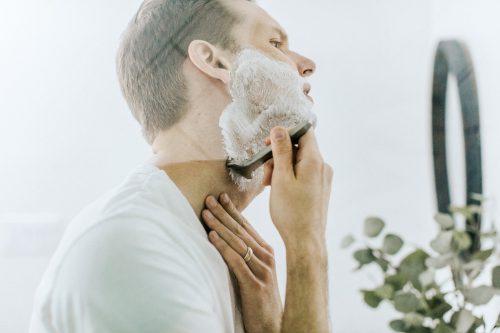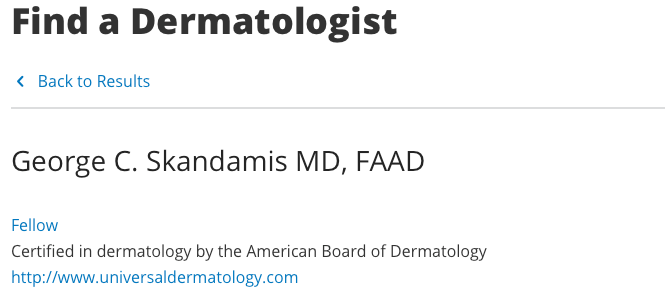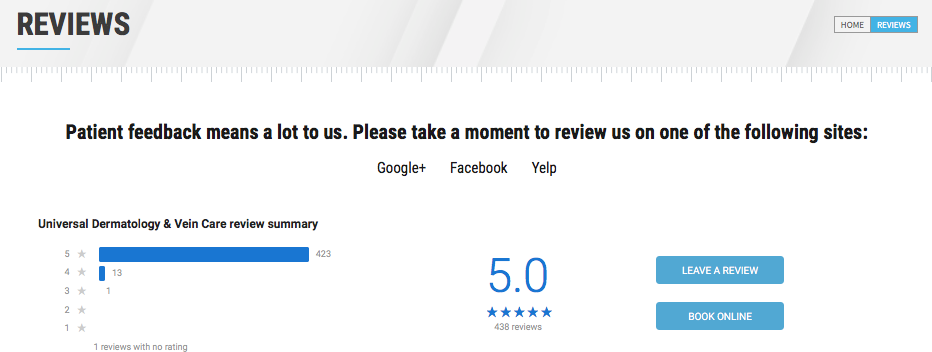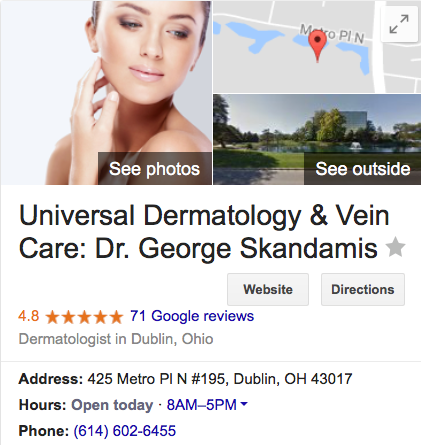Common Skin Contact Allergens
Every year, Americans spend $18 billion for allergy-related ailments. This number, based on data presented by the American College of Allergy, is quite alarming. While this $18 billion spent on said conditions covers allergies from skin contact allergens to drug reactions and everything in between, a sizable portion of this amount is spent on skin allergies.
Many households in the United States spend a portion of their income to treat skin allergies. This can be for their own allergies or those experienced by their children. The American Academy of Allergy Asthma and Immunology notes that in 2012, 8.8 million children were recorded to have suffered from skin allergies. This is something to take note of because even if allergic reactions are usually mild, it is still best to visit a physician immediately because some rashes can be early symptoms of more serious ailments. While such instances are rare, it doesn’t hurt to make sure that what you are experiencing or what your child is experiencing is just a common reaction to common skin contact allergens. 
Common Skin Contact Allergens and Irritants
Many allergies are caused by fragrances, household cleaners, soap, facial creams, sunscreen, and food. The question is, how do they enter our doors and later on, our system? Most people are busy and examining every product’s chemical composition is next to impossible. If you don’t know which items are causing your rashes, here are some of the most common skin irritants.
Household Cleaners
Although they are not intended for the skin, chemicals in household cleaners can cause allergic reactions when you are exposed to them. All-purpose cleaners, dishwashing liquids, laundry detergents, toilet disinfectants and the like can cause skin allergies. To ensure that you don’t introduce skin irritants to your skin, wearing gloves when using these products is advised.
Soap
Soap is a good way to get rid of oil, germs, and dirt but using it excessively can result in dry skin. Many often overlook this issue, but if the skin is too dry, it can crack and bleed. Donald V. Belsito, MD, a University of Missouri clinical professor of medicine, notes that excessive hand washing is a problem. He adds that since we live in a germaphobic society, we keep using soap without attempting to truly protect our skin.
Facial Creams
Facial creams can be effective if they are right for you. However, the ones that sting and burn will likely cause irritation if you continue using them. If you suspect that your current facial cream is irritating your skin, check for preservatives, alpha hydroxyl acids, and ascorbic acid because any of these three can be the culprit.
Clothing
Rough fabrics can cause atopic dermatitis. This form of eczema involved skin inflammation and red and itchy skin. The National Eczema Association states that 18 million (72%) adults have atopic dermatitis and 9.6 million (13%) children develop it.
If you feel that a certain fabric is irritating your skin, it is best to throw them in the trash. Experts like Belsito suggest that you choose cotton poly fabrics and cotton to avoid skin irritation.
Fabric Softeners and Dryer Sheets
We love the smell of fresh sheets but sometimes, those wonderful fragrances in fabric softeners can cause irritation. If you suspect that your fabric softener is causing allergic reactions, it is time to switch to a fragrance-free product.
Many people have fragrance allergies, but since there are around 5,000 fragrances and many combinations, it can be difficult to determine which fragrance you are allergic to. This is why picking fragrance-free products is always a good move for people with sensitive skin.
 Plants
Plants
Plants are lovely but some of them can cause allergic contact dermatitis. Poison oak, poison sumac, and poison ivy are among the most common plant irritants in the country. They can cause itching and rashes that can last for 5 to 12 days.
Skin Testing for Allergies
Do you want to determine what you are allergic to? To avoid the guesswork, talk to your dermatologist about patch testing.
Patch testing involves testing a range of extracts that can cause allergic reactions. A specialist applies these extracts to the skin and if there is a reaction, they can tell you what you are allergic to.
Allergic Reactions: What to Do
Whenever a certain substance irritates your skin, your immune system reacts by creating antibodies to fight said substances. It can be anything from your food, medication, or the products you use.
While most allergies are mild and can wait, some skin allergies are life-threatening. These rashes are rare but when they happen, it is best to go to the emergency room immediately.
If you are suffering from a mild allergic reaction or have in the past, schedule a consultation with 0ne of our offices to discover what is causing it and how to prevent reactions in the future. If you are currently suffering from a severe allergic reaction, go to the hospital immediately or call 911 for help.
SaveSave
SaveSave
SaveSave
Lear MoreSkin Care Tips for Men
Healthy skin and skin care routines are not just for women, men need to take care of their skin as well. Your skin is the barrier protecting your body from the outside elements, so protecting it is very important for your overall health. Here are some skin care tips for men.
What is a Holistic Approach to My Skin Care and Health?
A holistic approach to health involves treating your body as a machine. This means that each part needs to be tended to in order to keep the other parts functioning properly. Here are some ways you can take care of your body holistically:
- Be Attentive to Your Whole Body
- Eat Well
- Exercise Regularly
- Rest Well
- Keep Stress Levels Low
When many people think of skin care and dermatology, they only think of the skin on the face. However, skin care is about total body care. While it is true that some areas of the skin may be more sensitive or easily noticeable than others, it is a single organ that needs to be tended to. Therefore, use products that protect all of your skin—this includes full-body moisturization and finding a soap or body wash that does not dry out your skin.
There are some people who can eat poorly without seeing negative effects on their skin. However, for most of us, what we eat and how we live will directly affect our skin. As such, the first step to healthy skin is usually the same as taking the first step toward good general health—eat well and drink plenty of water.
Opt for natural, organic, and non-processed food items during mealtimes. A great place to start is increasing your fruit and vegetable intake. If you eat meat, stick to a leaner variety. Avoid sugars, sodas, and overly-salty foods.
Be sure to get regular, vigorous exercise as well. Exercise helps you exfoliate the skin, release toxins, manage your weight, and metabolize the food you eat. We recommend exercising each day at varying levels of intensity for at least half an hour.
Be sure to get the rest you need. Deep, relaxing sleep helps the body recuperate and replenish itself. This includes the skin. Without sufficient rest, the skin is likely to look aged, wrinkled, or swollen. The opposite is also true. Periods of physical and mental rest can do wonders for your total health and skin.
We may not be able to control all that we face, but we can manage how we respond to it. Developing a system of coping mechanisms—from meditation to nature walks—is a good place to start. This will prevent stress lines and promote overall well-being.
Should I Develop a Skin-Care Routine?
Yes! What you do to your skin topically is just as important to how well you eat and otherwise take care of yourself. The products you use and the actions you take can directly affect the look and feel of your skin. While it is often the last thing men think about, a skin-care routine including cleansing, moisturizing, and utilizing anti-aging options is the place to start.
Why is Moisturizing Important?
Many people undervalue and underutilize moisturizing, particularly men. Some consider it to be too feminine, while others are simply unaware of the value of a good moisturizer for one’s skin, and especially for men. Now that you have been informed, your next step is to seek out a moisturizer that works for you.
Admittedly, because men and women are different, it is important that men choose from among the moisturizers that are engineered for their skin.
What is a Good Shaving Routine to Protect My Skin?
Shaving is an important part of grooming for men. It is important to do it properly to avoid razor burn and other skin irritations. Therefore, when shaving your face, use this checklist:
- Wet your facial hair thoroughly.
- Use a high-quality shaving cream—these usually moisturize the skin and are less irritating to sensitive skin.
- Use high-quality shaving tools including a beard brush and a quality razor with clean and frequently-changed blades.
- Cleanse properly after shaving and use an aftershave lotion.
Should I Do Anything Differently for My Skin in the Winter?
All the aforementioned tips are great for every season of the year and should be practiced daily. However, these tips are particularly important for those times of the year when the weather is harshest.
In other words, it is even more important to use an effective moisturizer during the drying winter months. Contrary to popular belief, it is also important to wear sunscreen during these colder months. Cold weather does not mean the sun can no longer cause burns or other skin damage. Also, increasing water intake during these months can help. Adequate hydration maintains fresh, youthful-looking skin and serves as great support for the other topical options you are using.
Contact Us for More Skin Care Options
Here at Universal Dermatology and Vein Care, we offer skin care services, treatments, and product options that both men and women can benefit from. Available options are tailored to suit a wide range of skin conditions and skin-care goals and routines. The best place to start is by scheduling a consultation with one of our qualified dermatologists. Contact us today!
Lear MoreThe Best Dermatologists in Ohio
Not all dermatologists are created equal and this is important to keep in mind when selecting your provider. So before we go into listing some specific dermatologists in Ohio that we admire as peers, here are some important points for you to consider in your search.
Check for Proper Credentials
First and foremost your dermatologist should be Board certified by the American Board of Dermatology and they should be a Fellow of the American Academy of Dermatology (FAAD). You can visit aad.org/find-a-derm and type in the name of the doctor you are researching to verify this. In the screenshot below you can see that aad.org has verified that our Dr. Skandamis is both a Fellow (FAAD) and is Certified in dermatology by AAD:
Beware of doctors with credentials that make it sound like they are board certified but in reality they did not go through the rigorous residency training. Such credentials can include FASLMS or any board of cosmetic, laser, or aesthetic medicine. These credentials do not require residency training and are credentials that can be purchased by any doctor wishing to open a med spa. This training is far inferior to the years spent becoming a board-certified dermatologist.
Research Patient Reviews
Being board certified is step 1—showcasing that you can take the training into the real world and run a successful practice is step 2. There is no better way to gauge this than to read reviews from past patients. While it is virtually impossible to find a practice that has 100% 5-star reviews, you want to find those that showcase a strong overall record with patients and get close to that level. You can find reviews on a variety of sites including Google, Facebook, Yelp, ZocDoc and through review aggregators on a practice’s website.
Don’t just rely on a few hand-picked testimonials on their website—be sure to check multiple sources to get the best overall picture of a practice.
Beware of the “Cheap” Providers
This is typically more of a concern when it comes to those that are not board-certified dermatologists so fortunately, you should not have to worry too much about this if you have followed the first two steps. If something jumps out as an outlier by being drastically underpriced, there is probably a good reason that that person does not charge typical market rates.
Some of Ohio’s Best Dermatologists
While we of course have a natural bias for Dr. Skandamis and our whole Universal Dermatology team, we wanted to take a moment and recognize some of our peers in Ohio that we admire:
Buckeye Dermatology | With locations in Grove City and Springfield, the physicians at Buckeye Dermatology are board certified in clinical and cosmetic dermatology along with micrographic surgery and aesthetician services.
Oakview Dermatology | Oakview Dermatology has four offices, three doctors, five physicians’ assistants and prides themselves on accepting ten different insurance providers. This staff strives to help each of their patients know the risks and procedures for skin cancer.
Dermatologists of Greater Columbus | Dr. Michael Conroy, M.D. founded DGC in 2008 after his fellowship at Geisinger Medical Center. He is now the president of the Central Ohio Dermatologic Society and specializes in surgical dermatology.
Central Ohio Skin and Cancer | Dr. Jason Nash is board certified in dermatopathology as well as anatomic and clinical pathology. After starting the in-house dermatopathology lab in 2007, he now reviews and studies all skin biopsies for cancerous cells and indicators.
Center for Surgical Dermatology | Specializing in Mohs Micrographic Skin Cancer surgery, the Center for Surgical Dermatology is home to four board certified dermatologists who are all members of the American Academy of Dermatology.
Skin Dermatology and Aesthetics | Partnering with Northeast Dermatology, Doctors Monique Kademian and Jeannie Hennessy are both certified dermatologists at Skin. Dr. Kademian has extensive experience with laser devices, and Dr. Hennessy is a board certified Dermatopathologist and Anatomic Pathologist.
Lear More
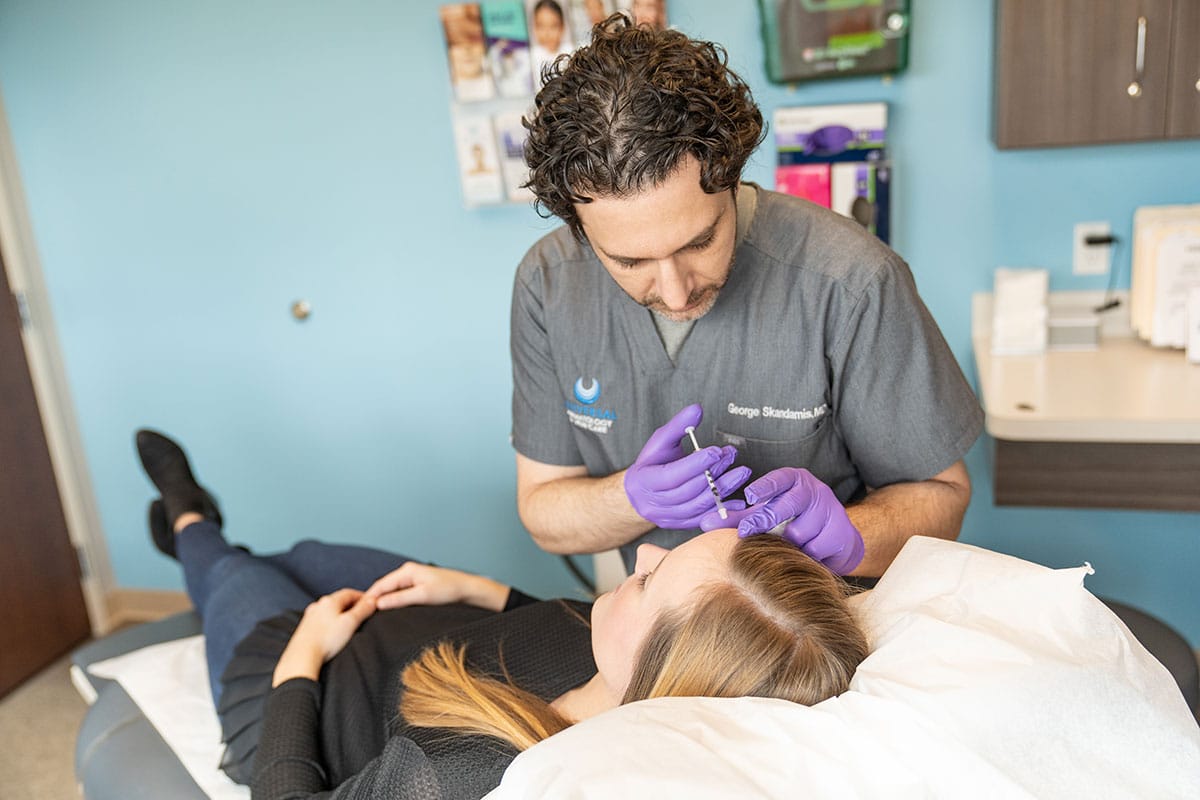 Our Dermatologists
Our Dermatologists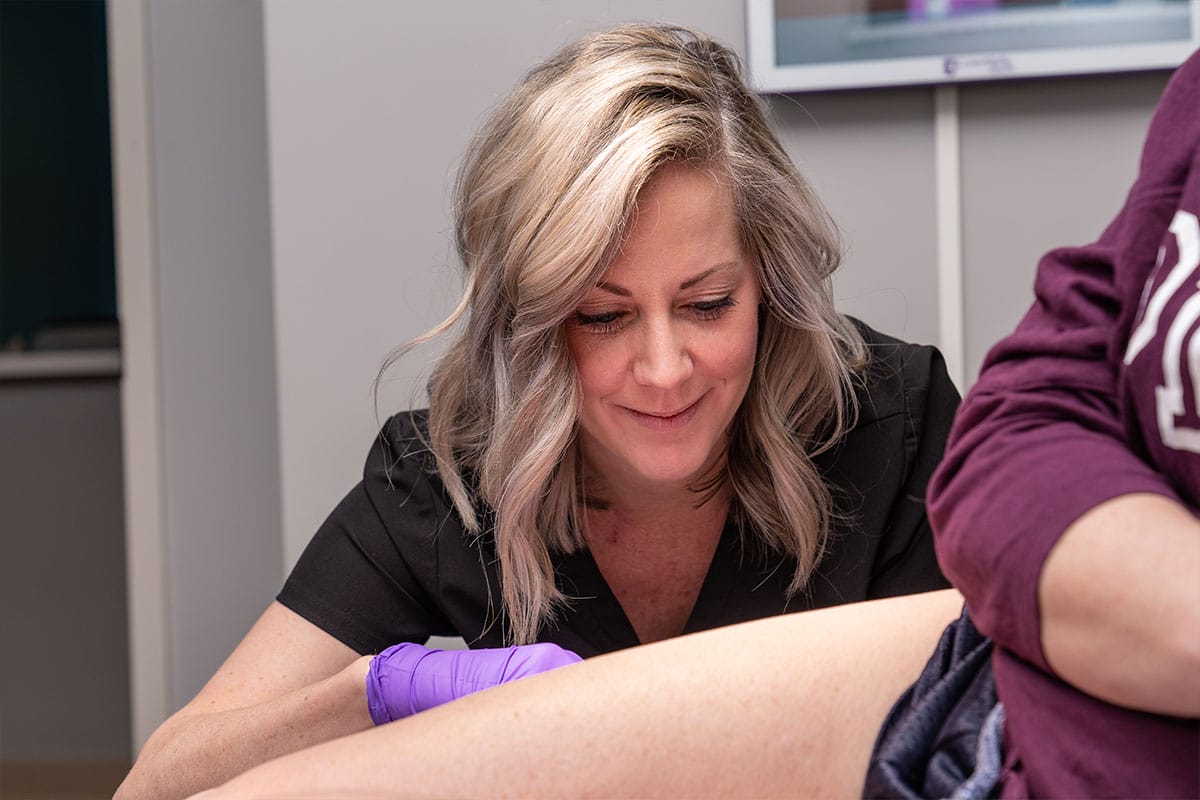 Our Providers
Our Providers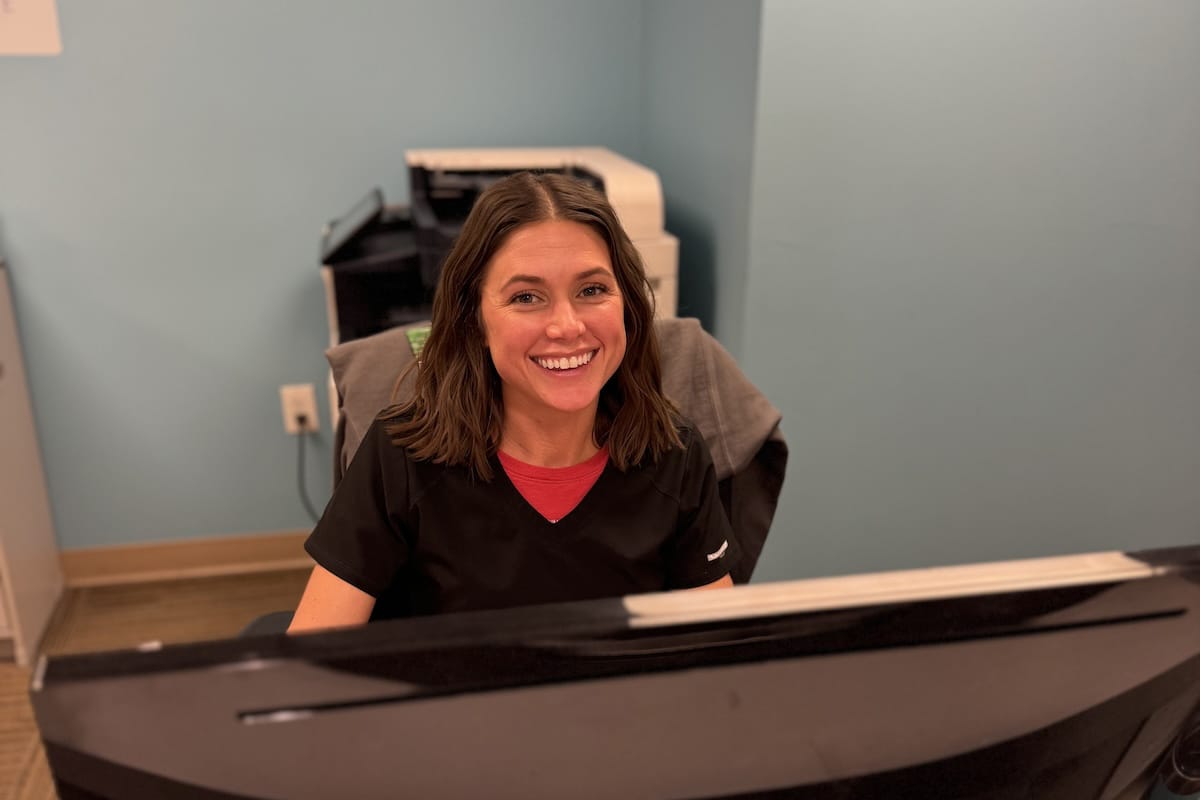 Our Staff
Our Staff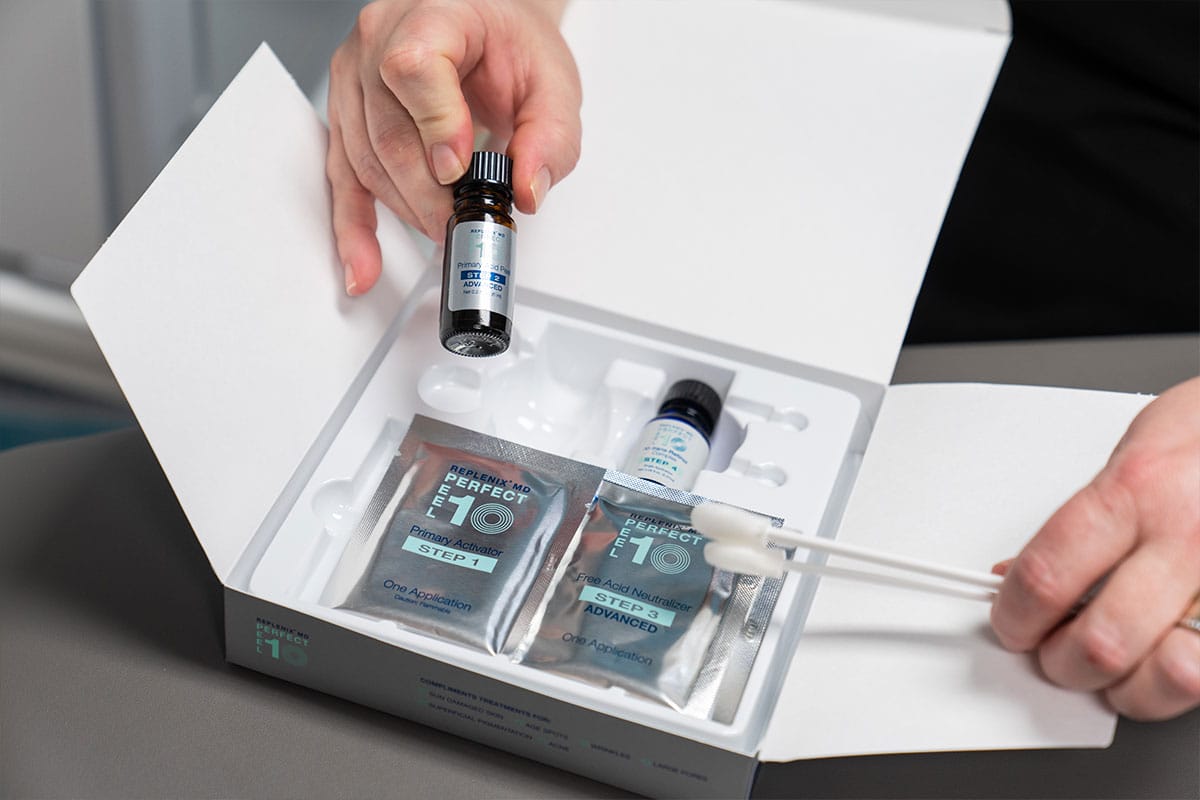 Specials
Specials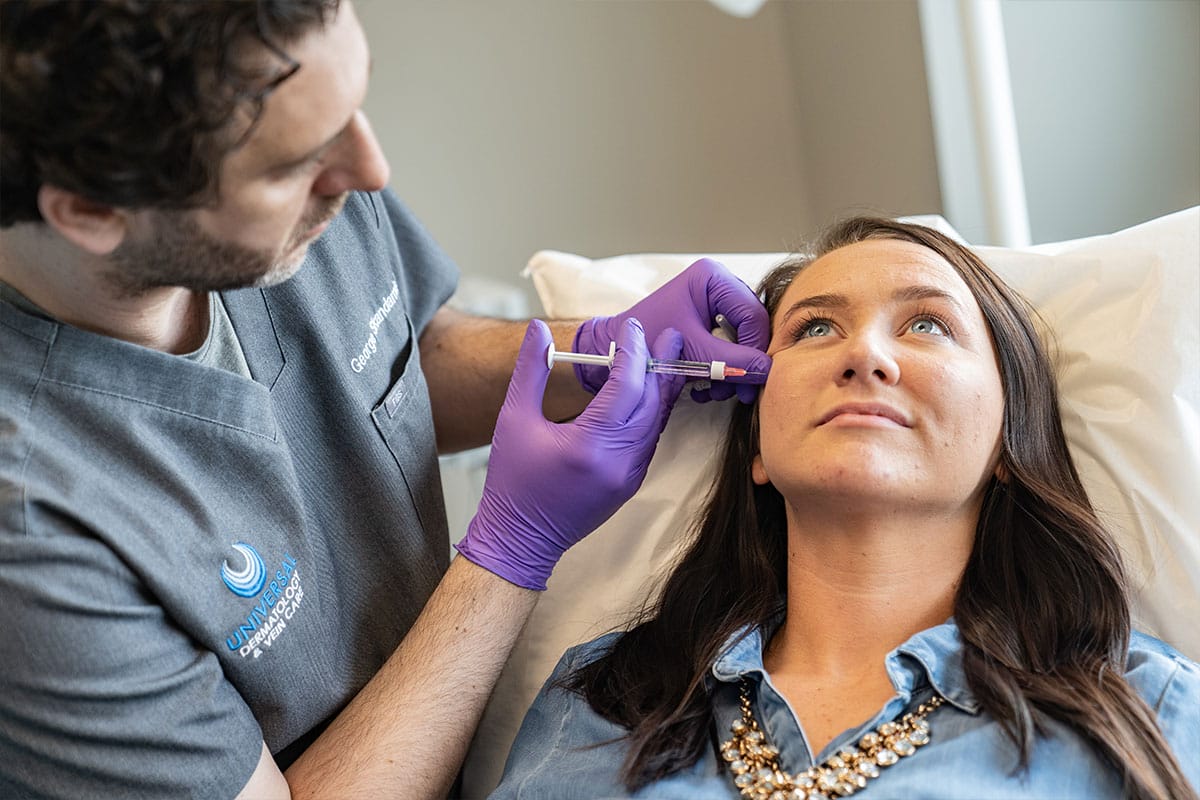 Financing
Financing Pay Bill Online
Pay Bill Online

